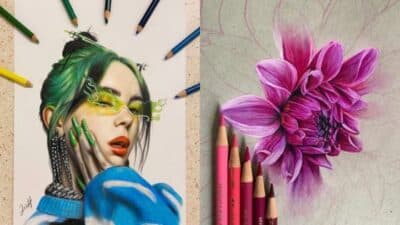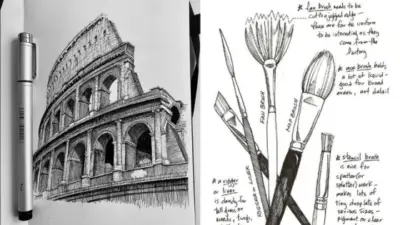Drawing faces can be both challenging and rewarding for artists of all skill levels. There are countless ideas and techniques available to help improve this essential art form. Exploring different styles and approaches not only enhances technical skills but also fuels creativity, allowing artists to express their unique visions.
With various tutorials and resources available, anyone can find inspiration to hone their craft. From basic shapes and shading techniques to understanding facial proportions, these tools can make drawing faces more approachable. Many artists turn to platforms like YouTube and Pinterest for practical tips and innovative ideas that can inspire their work.
As the artist continues to experiment with different methods, they gain valuable insights into the nuances of facial features and expressions. Embracing the journey can lead to personal growth and a deeper appreciation for the art of drawing faces.
Basics of Drawing Faces
Understanding the fundamental elements of drawing faces can greatly enhance the accuracy and appeal of artwork. This includes grasping the proportions and structure of the head, as well as recognizing the distinct features that make each face unique.
Proportions and Structure


Effective face drawing starts with a grasp of proportions. The foundation is typically a circle representing the head. From there, guidelines are established to mark the center line and eye level.
Key Points:
- Guides: Use a vertical line down the center and a horizontal line for the eye placement.
- Eye Placement: The eyes are generally positioned halfway down the head.
- Features: The spacing of facial features follows a set pattern: the space between the eyes is roughly equal to the width of one eye.
Understanding the underlying structure, such as the skull, aids in depicting accurate shapes and shadows. Artists often start with basic shapes before refining details.
Understanding Facial Features
Facial features include the eyes, nose, mouth, and ears. Each feature has its own characteristics that contribute to a person’s likeness.
- Eyes: Usually almond-shaped, they sit about one eye-width apart.
- Nose: Begins at the eyebrow line, widening slightly at the tip.
- Mouth: Positioned below the nose, its width usually aligns with the inner corners of the eyes.
Practicing individual features helps improve overall facial drawing skills. It’s beneficial to study photos or real-life references to capture unique expressions and variations in each feature.
Expressing Emotions
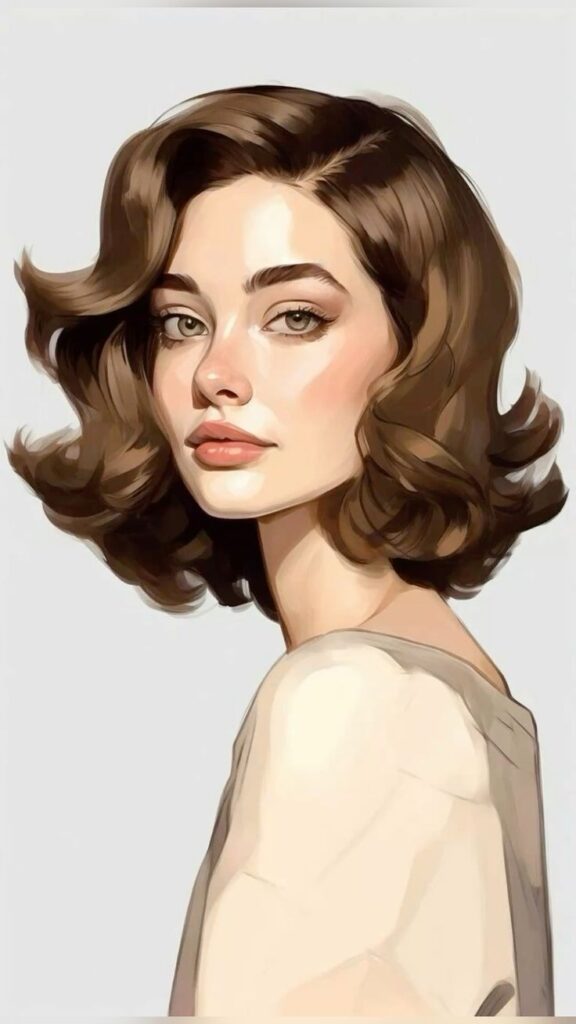

Emotions are pivotal in art, particularly in character drawing. By capturing intricate expressions, artists can convey feelings like joy, sadness, or surprise effectively. This section delves into how specific features, such as the eyes and mouth, contribute to conveying emotions in drawings.
Capturing Expressions
To effectively draw emotions, an artist must first identify the core feeling to represent. Each emotion has unique characteristics. For instance:
- Happiness: Curved mouth corners and bright eyes.
- Sadness: Downturned mouth and slightly closed eyes.
- Surprise: Raised eyebrows and wide-open eyes.
By exaggerating these features, the artist enhances the emotional impact. Additionally, practicing with various references can improve understanding. Drawing expressions from real life or emotion-themed resources can provide insights into subtle facial changes.
The Role of Eyes and Mouth
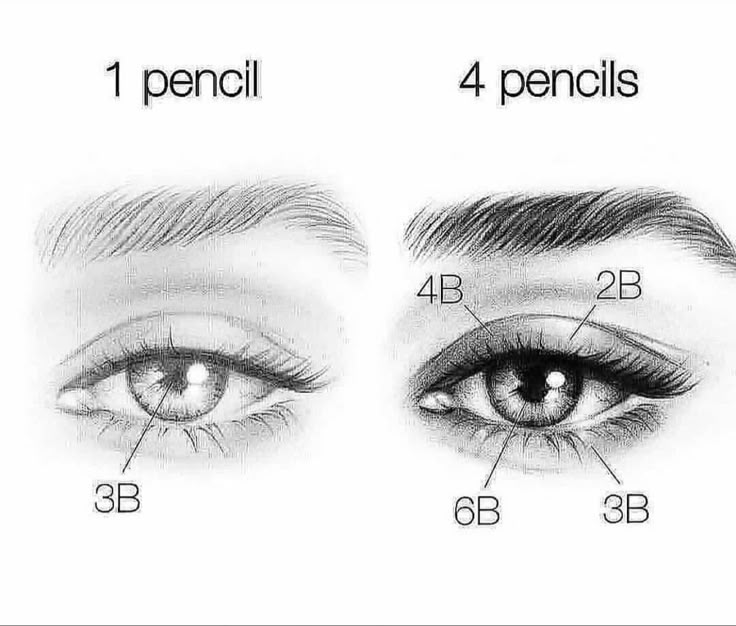
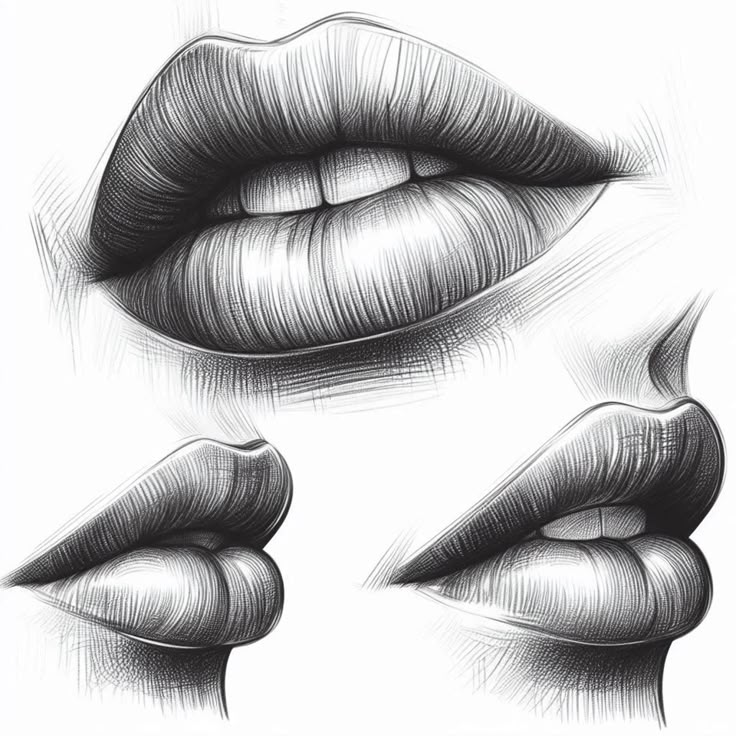
The eyes and mouth are crucial elements in portraying emotions.
Eyes: Often termed the “windows to the soul,” the shape and position of eyes can drastically alter the expression. For instance, squinting can indicate anger, while wide eyes can express shock.
Mouth: The mouth shape can reflect a character’s mood. A simple smile can convey happiness, while a frown may suggest discontent.
Combining movements of both features creates a dynamic emotional expression. Artists can experiment with various styles to depict emotions authentically. Cultivating attention to these details enriches the artwork’s emotional resonance.
Styles and Techniques
Exploring different styles and techniques in drawing faces can greatly enhance an artist’s skills and creativity. Each approach offers unique challenges and rewards, allowing for a diverse range of artistic expression.
Realism Versus Caricature
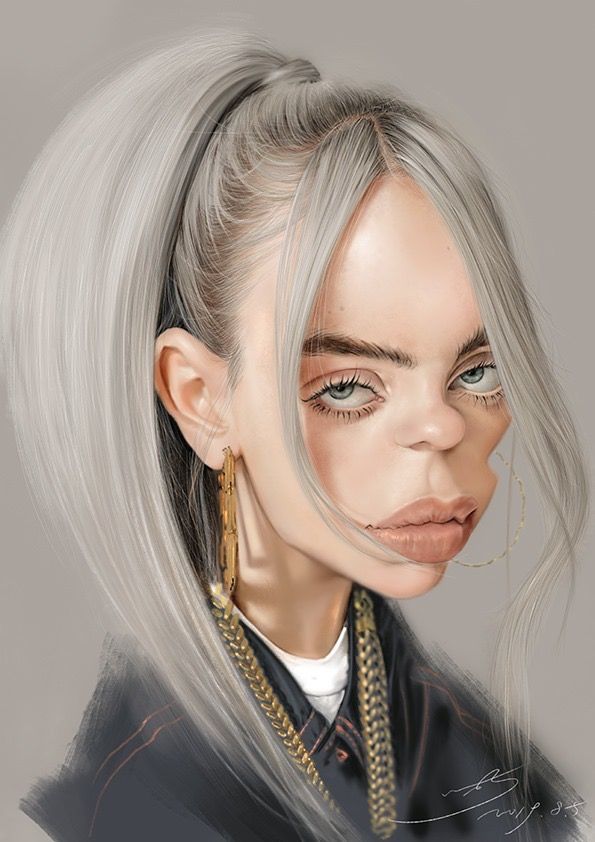
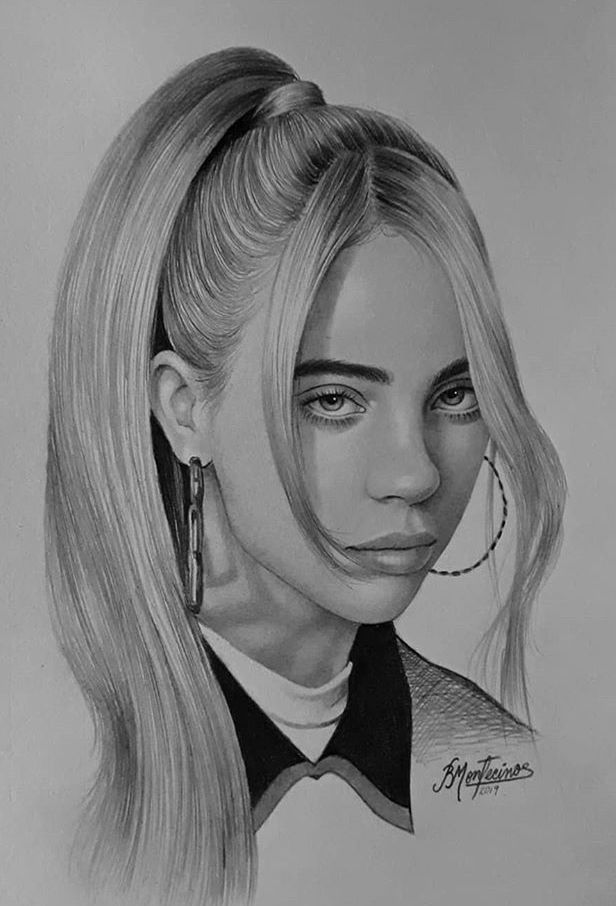
Realism focuses on capturing faces in their true form, emphasizing accurate proportions, lifelike textures, and detailed features. Artists studying realism often use reference photos, observing light, shadow, and color to create depth. Techniques such as the Loomis Method help guide proportions, ensuring facial features align correctly.
In contrast, caricature exaggerates both physical and personality traits for humorous or dramatic effect. Artists simplify shapes, often amplifying distinctive features like large noses or unique hair. This style requires a keen understanding of the subject to maintain recognizable likeness while enhancing character.
Shading and Texturing


Shading and texturing are vital for bringing faces to life. Techniques such as cross-hatching or stippling can add depth and dimension. Artists often choose different pencil grades; softer pencils create darker, richer shades, while harder pencils offer fine lines.
Texturing techniques, like using blending stumps or facial texture references, can enhance realistic portrayals. Artists might also incorporate colors to convey emotion or mood. Utilizing a mix of techniques not only enhances realism but also adds personal flair to the artwork.
Digital Art Tools
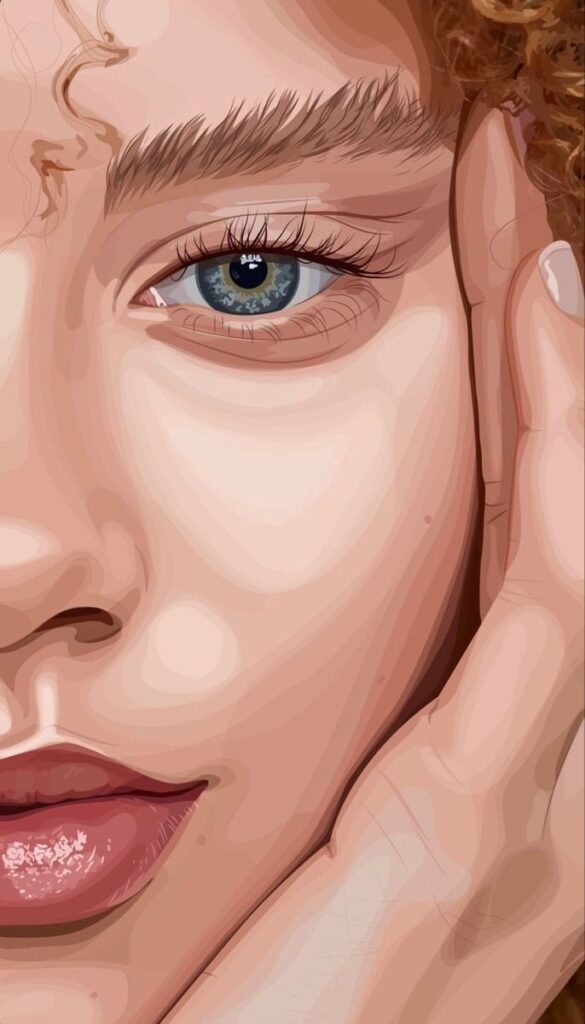
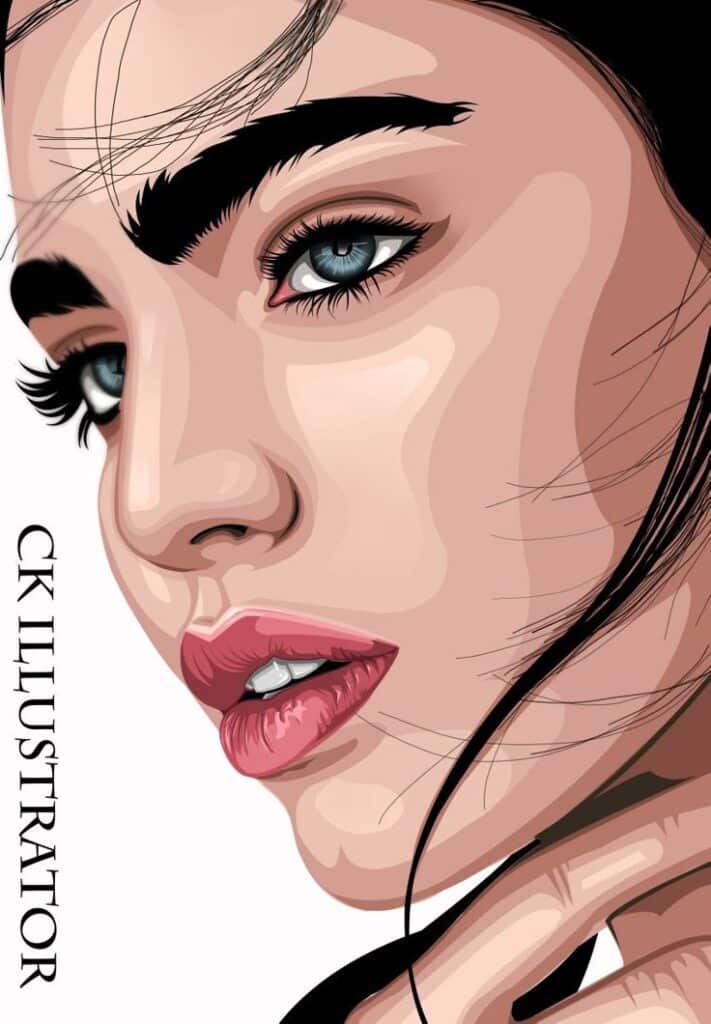
Digital tools provide artists with versatility and precision. Software like Adobe Photoshop and Procreate allow for various brush types and customizable textures. Layers enable artists to experiment with shading and color without damaging the original work.
Stylus pens enhance control, mimicking traditional drawing tools while offering digital advantages. Artists can easily undo mistakes, adjust colors, and incorporate elements from other works. Additionally, online tutorials and resources can guide artists in mastering these digital techniques.
- 1.3Kshares
- Facebook0
- Pinterest1.3K
- Twitter1
- Reddit0
